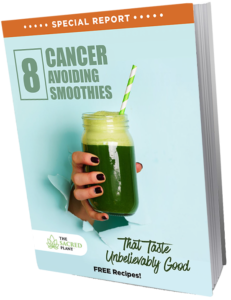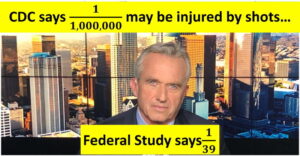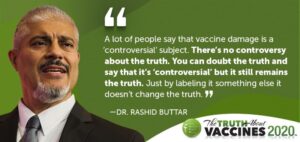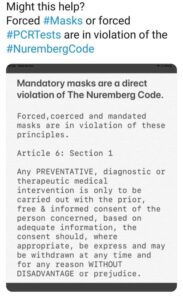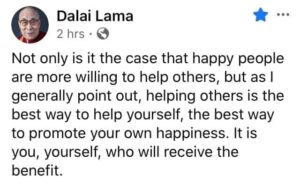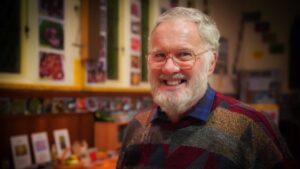
When agricultural scientist Bruce French was teaching agriculture in Papua New Guinea, his students had a strong message for him.
They were sick of being taught about western plants and wanted to learn more about their native produce.
“I knew nothing about those, so I had to learn them,” Mr French said. “And I just kept going. What about the next country, and the next country?”
In the five decades since, Mr French has created a database of more than 31,000 edible plants, which is almost every plant from every country on earth.
His work is used to address malnutrition across the globe and in 2016, he was named an Officer of the Order of Australia.
“I’m not trying to make fame or fortune. I’m interested in hungry kids not dying before they get to school,” Mr French said.
His database focuses on five primary nutrients: protein, iron, vitamins A and C and zinc.
They are often abundant in plants native to areas of the developing world where malnutrition is rife but western foods are favoured.
“It’s really getting them to look and learn what their local plants are because often they are much more nutritious than introduced ones,” said Deborah French, Bruce’s wife and partner in the food plants project.
For example, cassava leaves and amaranth are loaded with iron, compared to cabbage.
“I remember one Kenyan man who said, ‘I know cabbage is not good for my children, it fills their stomach up and there’s not much room for anything else, but it has prestige,'” Mrs French said.
Agronomist Buz Green helped found Food Plant Solutions to promote Mr French’s database.
After hearing Bruce French give a presentation on his database back in 2007 to a rotary club, agronomist Buz Green helped found the not-for-profit Food Plant Solutions to spread the message.
“As an agronomist, I’ve been involved in trying to grow crops in places where they weren’t suited to or meant to be,” Mr Green said.
“But Bruce’s work is about, ‘What plants grow best in this location and what are the plants that are most appropriate for nutritional needs of the people?'”
He said farmers and agronomists produced fresh, safe, healthy food but often did not consider the nutritional value.
“You go and talk to western-trained agronomists and say, ‘Here’s a number of plants, can you rank them in terms of their concentration of different nutrients? Which one would have the highest zinc and which one would have the lowest zinc?’ Most of them wouldn’t have any idea.”
Food Plant Solutions partners with organisations that are already working in other countries and shares knowledge about the best plants to meet the nutritional needs of the community in that region.
AOG World Relief Vietnam works in the country’s rural areas, where around a quarter of children are malnourished.
It used the information to set up 16 gardens near primary schools.
Mr French’s work has helped a Vietnamese primary school develop a food garden.(Supplied: AOG World Relief Vietnam)
“Malnutrition rates are dropping, enrolments are going up, kids staying in school is going up because before, kids would only stay in school until lunchtime then go home and most wouldn’t come back after lunch,” said Rebekah Windsor, project manager with AOG World Relief Vietnam.
Ms Windsor said knowledge of native plants had been lost and not passed down through the generations, which was why guides and handbooks created in Tasmania provided so much value in Vietnam.
“So when we go through, sit down with the teachers, principals, parents, with the guide and go through the amazing nutrition of a certain plant, their mind is blown,” she said.
“They learn that the root is actually more valuable than other parts of the plant and often say, ‘Wow, I didn’t know this was so nutritious, this grows down the road and we’ve never even thought about it before.”
Agricultural engineer John McPhee helps turn the immense database of more than 31,000 plants into the easy-to-read guides.
“What Bruce has done with the database is fantastic,” Mr McPhee said.
“There’s just so much information in there from so many sources.”
“Bringing that information together, as he has done over his life, has been a monumental task.”
https://foodplantsolutions.org/about-us/


